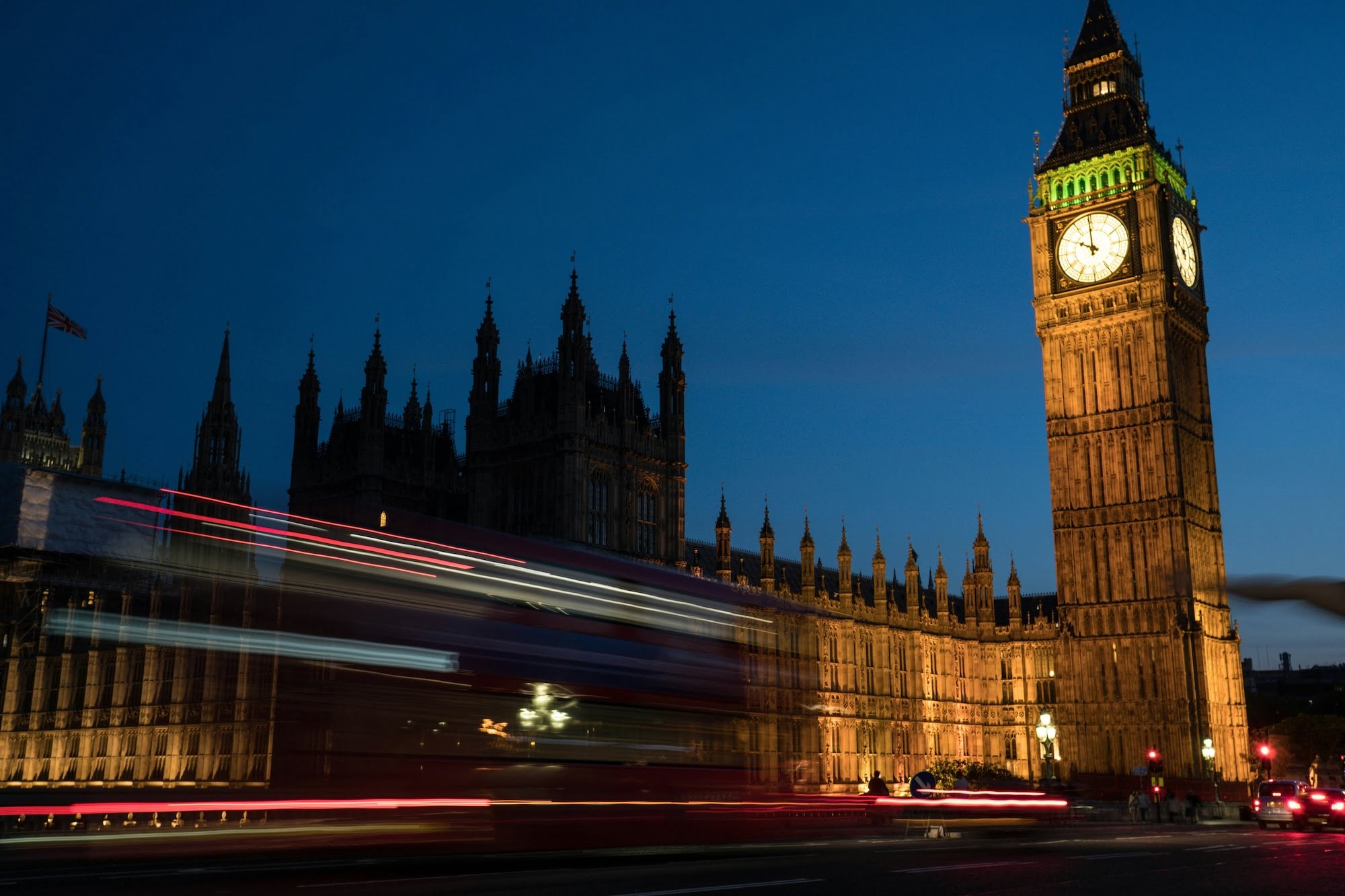

The iconic Houses of Parliament, officially known as the Palace of Westminster, are a quintessential example of Gothic Revival architecture and stand as a symbol of British political life. The design and reconstruction of this historic building were primarily the work of architect Charles Barry, with significant contributions from Augustus Welby Northmore Pugin.
The need for a new design arose after a devastating fire in 1834 destroyed most of the original Palace of Westminster. The following year, a Royal Commission was established to oversee the design of a new building that would house the two Houses of Parliament. An open competition was held, which attracted 97 entries, reflecting a wide array of architectural styles. The winning entry was submitted by Sir Charles Barry, an already accomplished architect known for his work on numerous buildings, including the Travellers Club and the Reform Club in London.
Barry’s design was ambitious and grand, envisaging a sprawling complex in the Perpendicular Gothic style, which was deemed appropriate for its national significance and historical continuity with the existing architectural landscape. This style also echoed the medieval heritage of the original palace, aligning with Victorian-era tastes that favored romantic and historicist aesthetics.
While Barry was responsible for the overall floor plan, layout, and exterior appearance of the Palace, much of the intricate Gothic detailing, which defines the building’s interior and exterior, was designed by Augustus Pugin. Despite being only in his early thirties and not as well-known as Barry at the time, Pugin was a fervent advocate of the Gothic style. His designs for the interiors are particularly celebrated, encompassing elaborate woodwork, metalwork, and stained glass, all crafted according to traditional medieval techniques that he insisted on using.
The collaboration between Barry and Pugin was not without its difficulties, partly because Pugin was dealing with personal and financial crises during this period. Despite the challenges, Pugin’s contribution was immense, imbuing the buildings with a level of detail and authenticity that Barry’s designs alone would not have achieved. Tragically, Pugin’s health deteriorated, leading to his death in 1852, just as the project was nearing completion.
Construction of the new Houses of Parliament was a monumental undertaking. It spanned decades, from the initial designs in the mid-1830s to the completion of the Victoria Tower in 1860 and the Clock Tower (now the Elizabeth Tower, famously known as Big Ben) in 1859. The project was marked by technological innovations, including the use of the Anston limestone and innovations in ventilation and heating systems pioneered by Barry.
The Houses of Parliament stand today not only as the center of political life in the United Kingdom but also as a masterpiece of Gothic Revival architecture, representing a collaborative effort led by Charles Barry and vividly detailed by A.W.N. Pugin. Their work together showcases a balance between aesthetic grandeur and functional design, creating a lasting legacy in British architecture.
If you need help with this topic then please fill out the form below and we'll put you in touch with an expert architect local to you who can help. Alternatively you can email us: email us